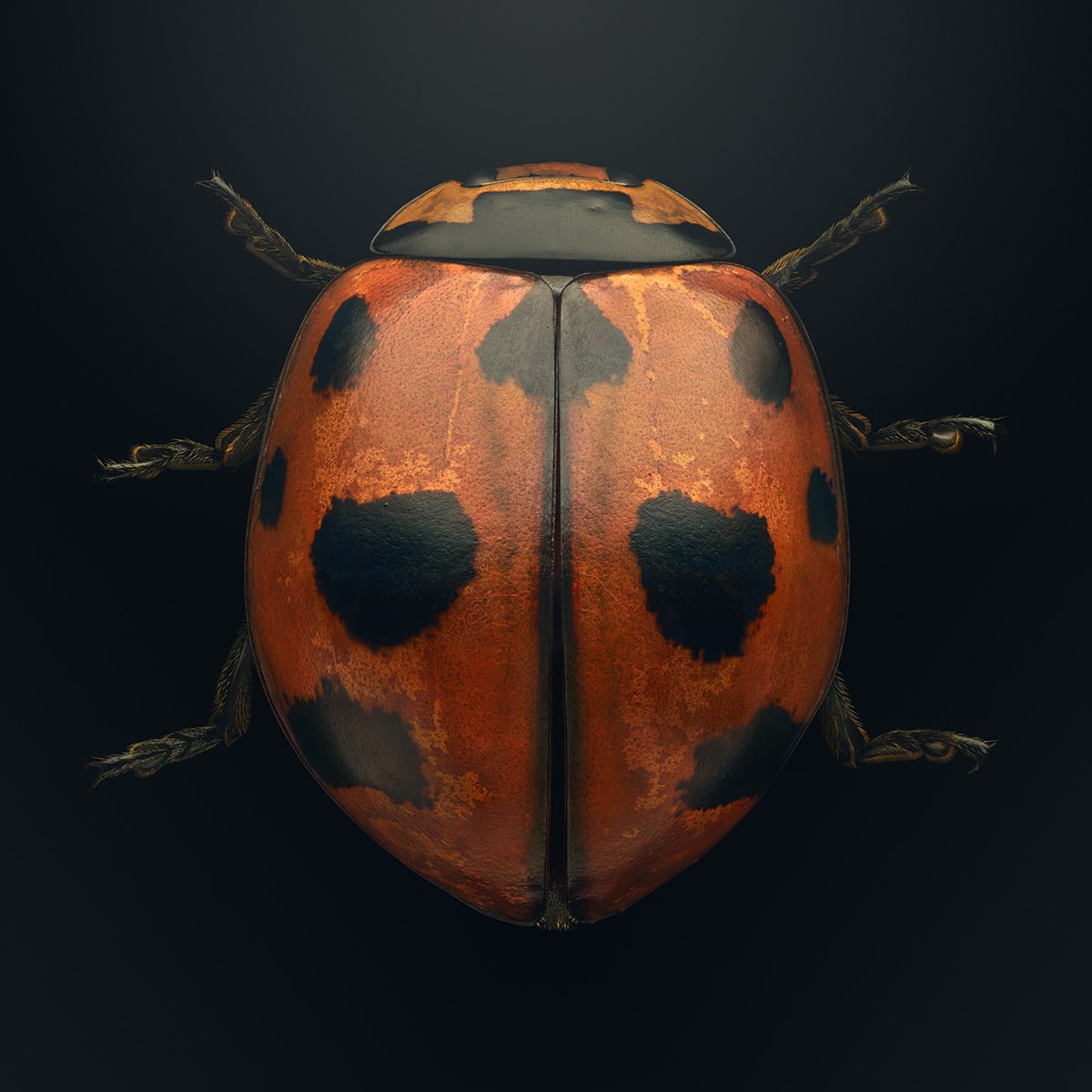
Macro Photography Highlights Beauty of Extinct and Endangered Insects
For three years, British photographer Levon Biss worked tirelessly to capture every hair, feature, and fiber of rare insects from the American Museum of Natural History's collection. Known for his ability to bring out their beauty with his macro photography, Biss's meticulous method of photographing the specimens has culminated in the Extinct and Endangered exhibition. This ongoing exhibit at the American Museum of Natural History shows all 40 of Biss's photographs and encourages the public to gain a new appreciation for these insects.
Over 10,000 individual images are used in each photo as Biss spends weeks photographing every part of the specimen. The insects, selected for their conservation status, habitat, and order, weave a tale about the fragile state of the world's insect population. Though vital to humans, insects are often underappreciated and misunderstood. And, unfortunately, this can result in great harm to insects that play a vital role in the ecosystem.
By highlighting their diversity and allowing the public to drink in the rich details of these insects, Biss is hoping to use his artistic skills to enact change. We had the opportunity to speak with Biss about why insects inspire him, how he went about photographing the specimens, and what the public can do to change the fate of these insects. Read on for My Modern Met's exclusive interview and check out all the images on the Extinct and Endangered website.
Levon Biss: Website | Facebook | Instagram
I know that you were initially drawn to macro photography after your son found an insect in the backyard and you looked at it under a microscope. Can you share what that moment felt like when you viewed it and how that translates into what you are currently doing?
I remember quite clearly the first time I viewed an insect under a microscope. I had the feeling of entering an entirely new world. I was viewing something for the very first time, and it was intricate, mechanical, and beautiful. I felt as though I had just opened a treasure chest of photographic material, and I just couldn't wait to explore the insect world further. A decade on, I still feel the same way today, which does surprise me. I continue to be inspired by insects for many reasons. They are visually interesting, they are functional, and they are diverse in design. They are many things, but every new insect I photograph teaches me more.



